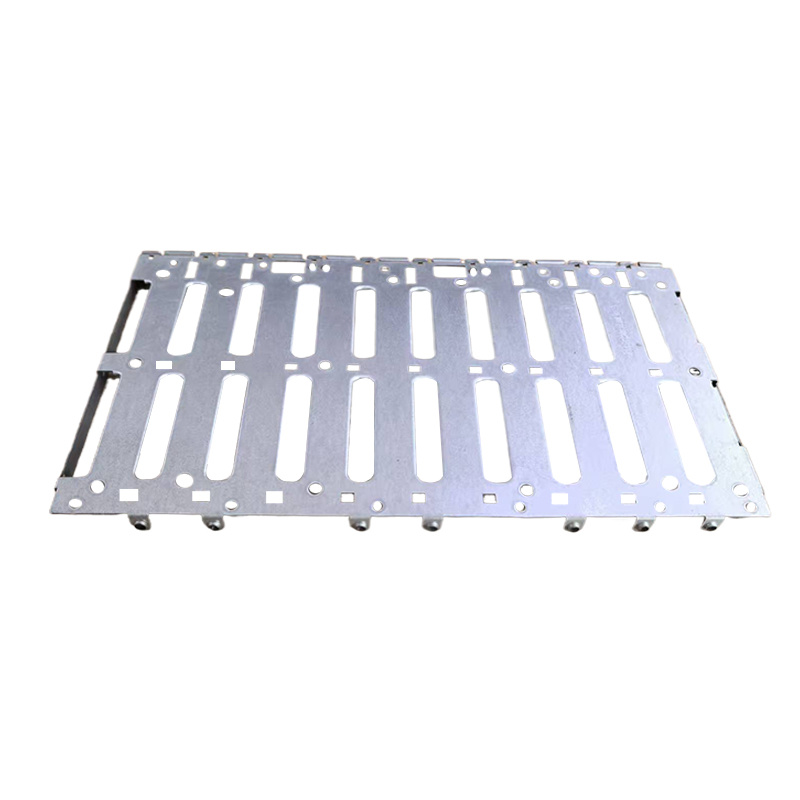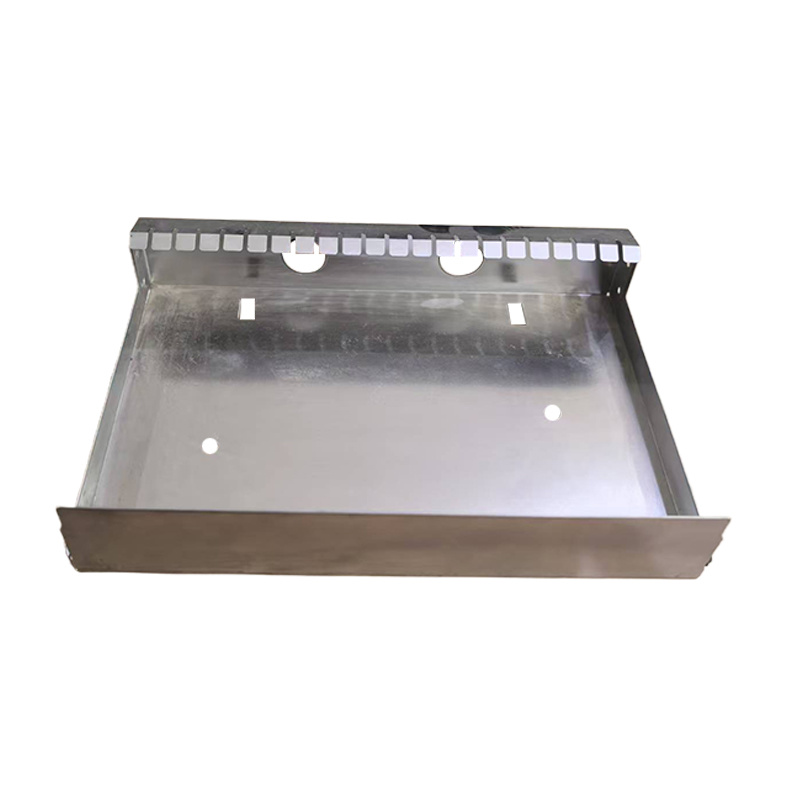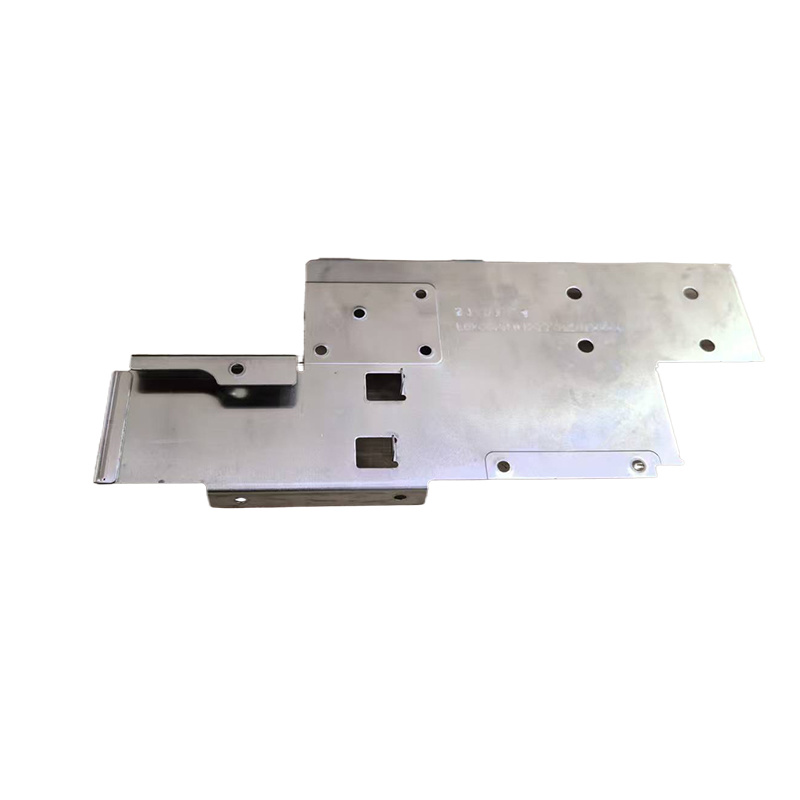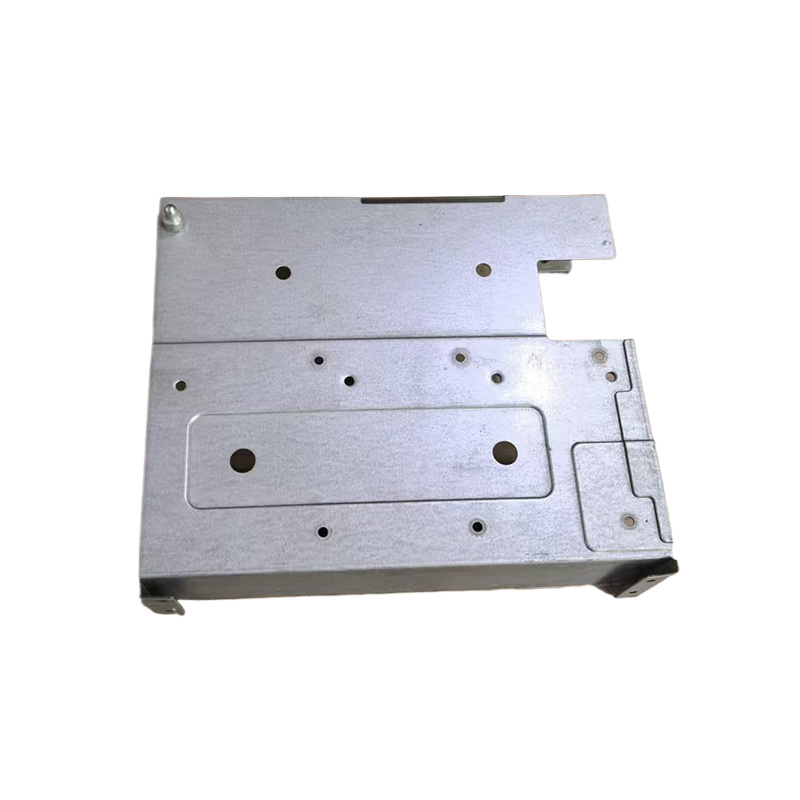Stamped parts
- Commodity name: Stamped parts
- Product Description
-
Stamping parts rely on pressure machines and molds to apply external force to materials such as sheets, strips, pipes, and profiles, causing them to undergo plastic deformation or separation, thereby obtaining the desired shape and size of the workpiece.
Characteristics of Stamping Parts
◆ High Production Efficiency
The stamping production process mainly relies on molds and stamping equipment. A single stamping stroke can produce one or more stamping parts, making it easy to operate and fast in production speed.
For example, in the production of automotive body panels, large stamping equipment and molds can produce several or even dozens of pieces per minute, quickly meeting the demands of mass production.
◆ Stable Quality
The dimensional accuracy and shape accuracy of stamping parts are mainly guaranteed by the molds. As long as the mold precision is high, the structure is reasonable, and the stamping equipment performs well, it can stably produce parts with consistent dimensions and precise shapes.
For instance, some precision stamping parts in electronic devices can have their dimensional tolerances controlled within a very small range, ensuring the overall performance and reliability of the electronic devices.
◆ High Material Utilization Rate
Stamping is a method of processing with minimal cutting. During the stamping process, the deformation of materials is mainly plastic deformation, resulting in relatively little waste and a high material utilization rate.
Taking the manufacturing of metal gaskets as an example, through reasonable layout design, material utilization rates can exceed 80%, effectively saving costs and resources.
◆ Capable of Processing Complex-Shaped Parts
With advanced mold manufacturing technology, it is possible to design and manufacture various complex-shaped molds to stamp out intricately shaped parts.
For example, parts with complex structures such as thin walls, reinforcing ribs, and undercuts can be easily manufactured using stamping processes.
Production Process of Stamping Parts
◆ Cutting
Cutting is a stamping process that uses molds to separate sheet materials along a specific contour shape, including blanking and punching.
Blanking involves punching out the required shape from the sheet material; the punched-out part is the finished product while the surrounding area is waste. Punching involves creating holes in the sheet material; the punched-out part is waste while the surrounding area is the finished product.
◆ Bending
Bending is a stamping process that bends sheet materials, profiles, or pipes at certain angles and curvatures.
Using bending molds and stamping equipment, workpieces undergo plastic deformation under bending moments to form the desired bent shapes. This process is commonly used to manufacture various bent components such as brackets and hooks.
◆ Stretching
Stretching is a stamping process that pulls flat blanks into a die under a punch to form open hollow parts.
During stretching, materials are subjected to tensile forces that cause plastic flow, gradually forming various hollow shapes such as cylindrical, spherical, or box-like parts like beverage cans and metal lampshades.
Application Fields of Stamping Parts
◆ Automotive Industry
Many key components such as automotive body structures, engine parts, and chassis components extensively use stamping parts.
For example, body panels, longitudinal beams and cross beams of frames, oil pans for engines—stamping parts account for over 60% of applications in automotive manufacturing.
◆ Electronic Device Manufacturing Industry
The shells, circuit boards, connectors of electronic devices are usually produced using stamping processes.
For instance, metal shells for mobile phones and computer cases—these stamping parts not only have precise dimensions and shapes but also meet special performance requirements for electromagnetic shielding in electronic devices.
◆ Machinery Manufacturing Industry
Various mechanical components such as gears, bushings, flanges can be manufactured through stamping processes.
For some small mechanical parts, stamping processing can improve production efficiency and reduce costs while ensuring quality and performance.
◆ Daily Necessities Industry
From household items to office supplies, stamping parts are ubiquitous.
Common stamped products include frames for metal tables and chairs, components for filing cabinets, scissors and other tools. The stamping process provides a rich variety of affordable products for daily life.
Quality Inspection of Stamping Parts
◆ Appearance Inspection
Mainly checks the surface quality of stamping parts for defects such as cracks, scratches, wrinkles, or deformations.
Through visual inspection or using tools like magnifying glasses to conduct a comprehensive check on the appearance of stamping parts to ensure their surface quality meets requirements.
◆ Dimensional Inspection
Checks whether the dimensional accuracy of stamping parts meets design specifications.
Using measuring tools such as calipers, micrometers, coordinate measuring machines to measure key dimensions of stamping parts to ensure their dimensional deviations are within acceptable ranges.
◆ Performance Testing
Conducts corresponding performance tests based on specific usage requirements for stamping parts such as strength tests, hardness tests, toughness tests.
Using professional testing equipment and methods to simulate actual working conditions for stamping parts during use to verify whether their performance meets requirements.
Key words:
Product inquiry
If you are interested in our products, please leave your email, we will contact you as soon as possible, thank you!
Related Products
OEM
From precise design drawings, to rigorous production processes, to strict quality testing, we always uphold the spirit of ingenuity, the pursuit of every detail of the perfect. Our team has a wealth of industry experience and technical strength, according to your specific needs, to provide personalized customized services, to ensure that each product can meet your expectations.











